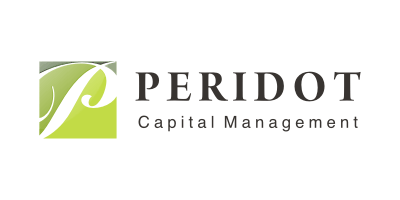Long time readers of my blog know that for several years I was a long term investor in Kmart and then Sears Holdings, which was formed after Eddie Lampert orchestrated Kmart’s merger with Sears in early 2005. The bullish reasoning behind the deal, which was largely postulated in the financial media and analyst community given that Lampert keeps his plans close to the vest, was that although Kmart and Sears were eroding brands within the retail sector, they produced strong cash flows which could be harnessed to create shareholder value in ways other than building additional Kmart or Sears locations.
Given his distaste for throwing good money after bad, it was widely thought Lampert would be quick to close money-losing stores, sell the real estate or lease them out to others, push to sell the exclusive Sears brands (Kenmore, Craftsman, DieHard) in other retailing channels, buy back stock, reduce debt, and use excess cash flow to diversify the company into other businesses. Such a holding company structure would be more viable longer term, modeled partly after the model Warren Buffett has perfected within Berkshire Hathaway over many decades. Given that Lampert renamed the Kmart/Sears combination Sears Holdings and repeatedly stressed in his shareholder letters the importance of avoiding unprofitable growth simply for the sake of growing, such a strategy, although not spelled out completely by management, was hardly an outlandish basis for investment.
That was five years ago. Kmart stock was trading at $101 when the Sears merger was announced. Today, despite a share count far lower, the stock fetches only about $90 per share. I have long since given up on Sears as a long term investment after several years of waiting resulted in very little effort on Lampert’s part to truly diversify Sears Holdings. The company has closed dozens of stores, but given their base of nearly 3,500, the closings have not been significant, and many money-losing stores remain open. Real estate sales have been minimal as well.
Rather than buy other businesses or attempt to sell its own brands through other retailers (putting large Craftsman tool sections in Kmart stores was a half-hearted effort on this front), Lampert has been content with paying down debt and buying back enormous amounts of stock. These two value creation techniques are undoubtedly strong uses of excess capital, but their effectiveness is not maximized unless the overall business is, at the very least, stable. However, revenue has fallen every year since the formation of Sears Holdings, from $55 billion a year at the time of the deal to $43 billion annually today. As a result, while the share count has been reduced from 165 million to 125 million (admittedly an impressive 24% decline), earnings per share have fallen off dramatically as declining sales eat into profits (retailing is a very high fixed cost business).
Imagine my surprise then, when on Thursday February 11th, nearly five years after the Kmart/Sears merger closed, Sears Holdings announced that it had reached a licensing agreement to expand distribution of its Diehard brand of automobile batteries and other products into more retailing outlets. It only took five years!
I was certainly interested (at least mildly as a passive observer now) in this sudden shift in strategy, at least until I read the corporate press release announcing the deal. Why the muted excitement? Well, Sears has not signed on any retailers to sell DieHard products, rather they have signed a licensing deal with their own DieHard manufacturer, Schumacher Electric, to distribute them. No wonder I neither have ever heard of Schumacher Electric nor get excited when reading about this licensing deal with them.
While I would never expect a company in Sears’ position to publicly predict how much money a deal like this might bring into the company’s coffers in coming years, I cannot help but be surprised that this is the best they could do after five years. Maybe this deal does actually produce significant incremental cash flow going forward for the company, but I have to think that a deal to sell DieHard products in, say, Target stores nationwide would generate a lot more buzz and investor interest.
While it is good to see Sears Holdings finally making some promising moves to create long term shareholder value, that it took so long for a deal like this to get done, coupled with the fact that it is only with their manufacturer so far and not an actual retailer, is hardly reason to think the lofty goals many investors had for this company will actually come to fruition.
Full Disclosure: No position in Sears Holdings at the time of writing, but positions may change at any time
